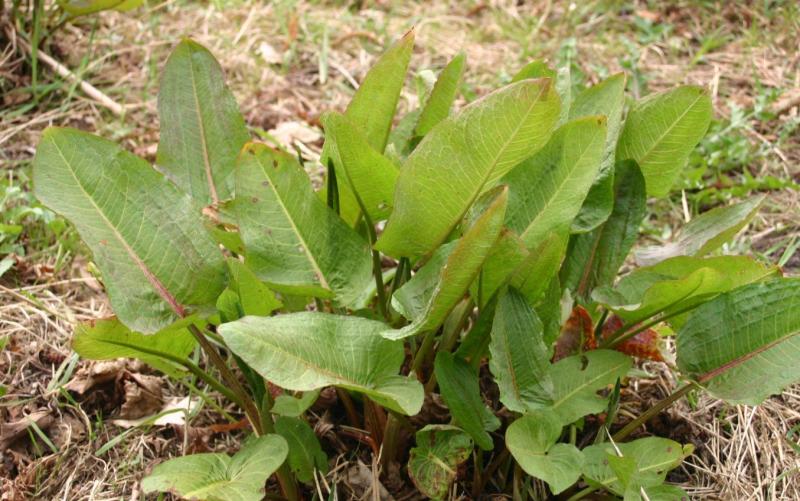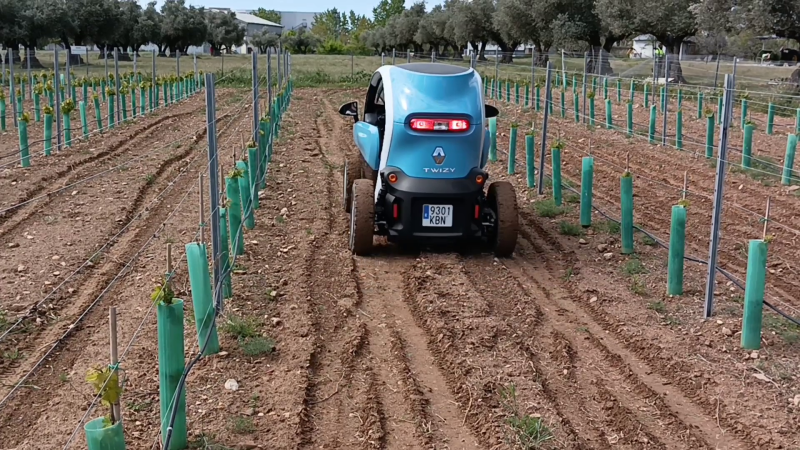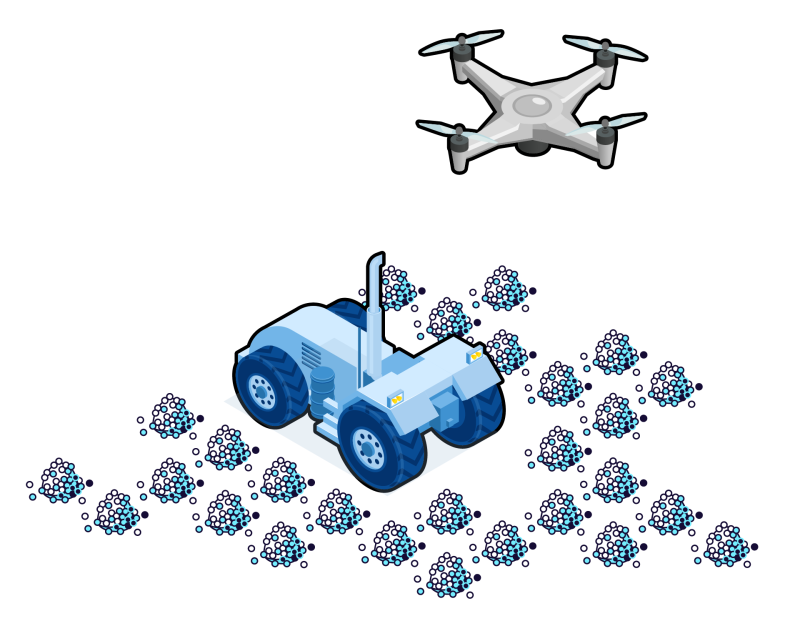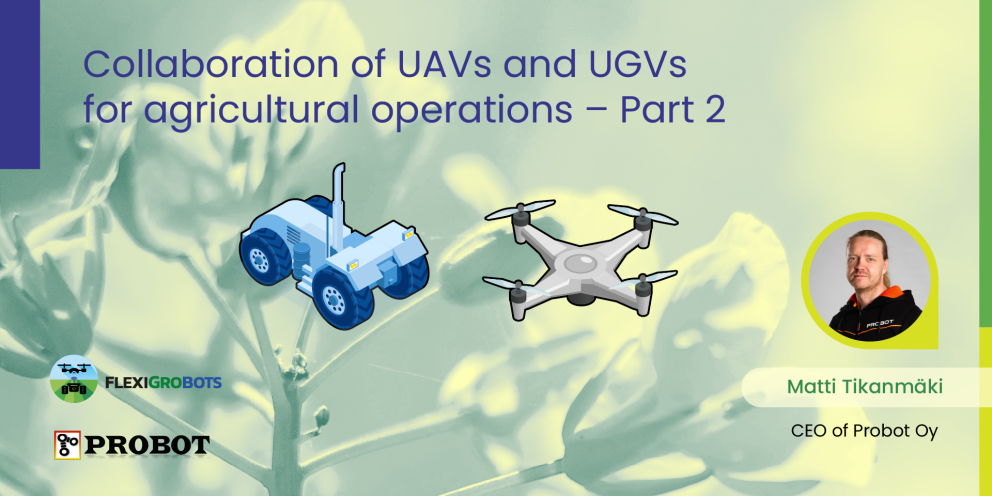Traditional agriculture is in crisis! The ongoing events like global warming, overpopulation and tragedies such as the war in Ukraine are pushing food production to its limits. We are fighting against a vicious circle, which has an impact on all of our lives and the lives of the following generations.

Overpopulation leads to several problems, such as water shortage and depletion of natural resources when we try to cope with the food production and the fast-growing need of energy to run this all. The agriculture sector is trying to react to the situation, but the agriculture of today is still working in quite old-fashioned ways: The typical way to react to the global situation is to increase food production with traditional intensive farming methods. We all know the negative effects: Deforesting, increased use of water and fertilization – Causing damage to the ecosystem. The vicious circle seems to go faster and faster.
As seen in the history of humankind, humans can and will eventually adapt to the prevailing conditions. We cannot fully stop the global madness. If we only look at the big picture, we are wasting precious time. (Yes, somebody has to look at the big picture too, but we are here to focus on the details – because “Devil is in the details!”).
Now when I have made you depressed with the desperate and hopeless situation of our world, I can go into one of those details: In the Flexigrobots project, we are focusing on various methods to modernize and digitalize agriculture. Within the project, Probot Oy and the Technical Research Centre of Finland Ltd (VTT) are aiming to do their part in decreasing the number of herbicides used in farming, as well as getting rid of the unwanted plants (weeds) in the various types of fields. The work is done under the Pilot 2 of the Flexigrobots.

The aim of Pilot 2 is narrowed down to getting rid of the Rumex plants in pastures. The idea for the pilot came from the dairy farmers who are struggling with the problem where Rumex is occupying the fields, preventing the hay to grow. The problem with the Rumex is, that the livestock won’t eat the plant – This means that the hay is eaten and the Rumex has more and more area to grow. Eventually, the Rumex conquer the pastures and the farmers will need new places to grow the livestock. The Rumex plant is very hard to get rid of, due it has to be removed as a whole (roots and the aboveground plant).
In the process, under the development, the plant is identified, localized and eventually mechanically removed from the field. The big picture of the area-to-be-operated (field) is observed firstly with a drone – creating a general overview of the pasture and rough locations of the Rumex plants on the field. The location data is then used as base information for the application specific UGV with the capability of navigating to the various target coordinates, localizing the weeds locally and eventually mechanically removing the weed from the ground. The aim is to be able to remove the plant as a whole, with roots.

The Pilot 2 work was started at the same time as the Flexigrobots project itself and eventually, the first tests with the mechanical weeding were done during spring 2022. The development of the mechanical weeding tool as well as the laboratory tests were performed by VTT. Probot Oy has focused its work on developing the field robot (UGV) and the first field tests are planned to take place by the end of summer 2022. After the field tests, Probot prepares to integrate the mechanical weeding tool with the robot. Finally, during summer 2023, the integrated Rumex-weeding robot is tested in real-world conditions on an open field.

The work done in the Pilot 2 is of course not limited to Rumex weeding only: Several crucial puzzle pieces are created, fine-tuned and tested during the pilot, to be able to create a bigger picture of the future of agriculture. A few of the most promising parts are the collaboration with the UAVs and UGVs to create a useful task-list / coordinate-list on open areas, but also the combination of machine vision and mechanical weeding tool is definitely going to play a big part in manipulating on the field. The use of UAVs together with UGVs seems to be a very cost-efficient way to cover larger areas in a short time, with a minimum amount of energy.
We believe that our future is NOT doomed! Humankind has all the knowledge and technology to cope with the changing situations – We only need to focus our work in practice! Piece by piece we are already making the change and despite the depressing news about the global course, we need to keep our minds open to innovativeness. With the existing components like drones, mobile robots, machine vision, etc, it is possible to create new applications and solutions – faster and faster. Projects like the Flexigrobots is a good example on how one EU project can make a huge impact in the future!

